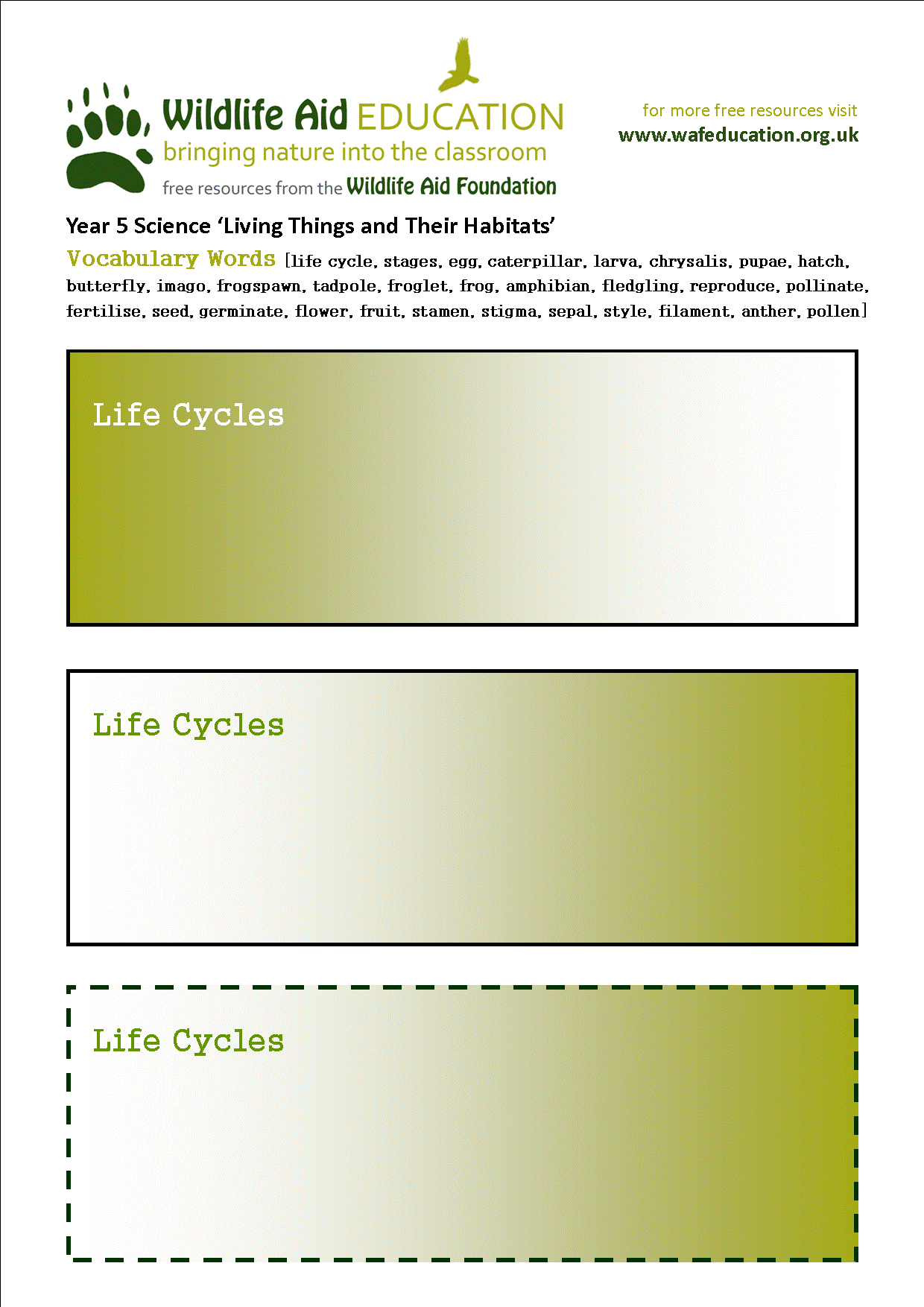




sound on/off
welcome to our website of completely free natural world resources for teachers, schools, parents and children
Learning Objectives
By the end of the lesson pupils should::
-
Understand the structure and function of the heart
Resources
-
Vocabulary cards
-
Powerpoint: 'the heart in fact and fiction'
-
Powerpoint: 'position of the heart in the body'
-
Sound clip of heart
-
Cutaway overlaps of heart images of heart
You provide:
-
Stopwatches to record pulse
Vocabulary
heart, muscle, pump, lungs, vein, artery, chambers, ventricle, aorta, brain, gaseous exchange
Starter activity
1. Group Activity:
Give children a selection of the vocabulary cards and ask if they can guess what the lesson will be about.
Main activities
1. Class Activity:
Watch Powerpoint: 'the heart in fact and fiction'
2. Paired Activity:
Show children how to find the pulse in their wrist. Count how many beats in 15 seconds (multiply by 4 to find bpm). Where else can you find a pulse in your body? Share results.
3. Class Discussion:
What is causing the pulse? Where is your heart located?
4. Class Activity:
Watch Powerpoint: 'position of the heart in the body'
5. Class Activity:
Listen to sound clip of heart.
6. Teaching Point:
Explain (whilst sound clip is still running on loop) that the heart is a muscle – the only muscle in the body that is not controlled by the brain. Discuss the function of the heart – the heart pumps blood around the body, feeding vital organs with oxygen and removing waste.
7. Class Activity:
Work out the number of times a heart is likely to beat in a lifetime. (eg 80 years x 365 days x 24 hours x 60 minutes x 80bpm)
8. Group Activity:
Use cutaway overlap images of heart to explore the structure and function of the heart.
Plenary activity
Q: Why do we talk about the heart as the centre of our feelings?
Assessment
Downloadable lesson plan and resources
Year 6 - 'Animals Including Humans'
Lesson 1: 'The Heart' Full lesson plan (downloadable lesson plan and resources at foot of page)


vocabulary cards for unit
click image to download




